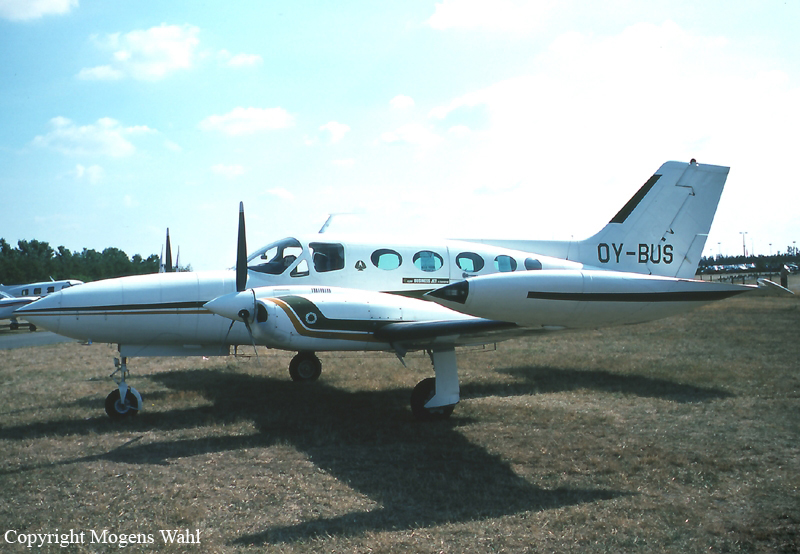Crash of a Cessna 421B Golden Eagle II in Chesapeake
Date & Time:
Nov 28, 1989 at 1815 LT
Registration:
N3359Q
Survivors:
Yes
Schedule:
Washington - Chesapeake
MSN:
421B-0243
YOM:
1972
Crew on board:
1
Crew fatalities:
Pax on board:
1
Pax fatalities:
Other fatalities:
Total fatalities:
0
Captain / Total hours on type:
35.00
Aircraft flight hours:
3760
Circumstances:
The pilot returned to the airport at dusk and made a visual approach to runway 23. He reported that as the aircraft was descending thru 350 feet msl on final approach, it was aligned with the runway, the airspeed was 105 knots and the flaps were extended 25°. However, the aircraft hit trees and crashed about 1/8 mile short of the runway. No mechanical malfunction was reported. The airport elevation was 20 feet. Both occupants were slightly injured.
Probable cause:
The pilot misjudged distance and altitude to the runway, while on final approach to land. The light condition at dusk was a related factor.
Final Report:


